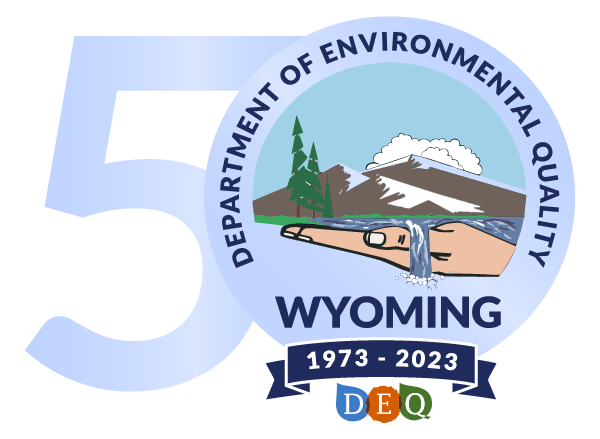By Kristine Galloway
The Wyoming Department of Environmental Quality’s dedication to student safety extends further than better air quality for kids.
While the 92 new school buses the DEQ helped school districts purchase with grants are going a long way to ensuring Wyoming kids breath cleaner air, those buses also include the latest safety features for students.
The grants through the DEQ’s School Bus Replacement Program provide enough money for districts to purchase buses similar to what they have – while meeting current emissions standards – which allows districts the flexibility to pay for safety upgrades.
The DEQ created the School Bus Replacement Program in 2016 and has helped replace 92 buses in Wyoming’s school districts with about $2.1 million in grant money.
That money comes partially from the Environmental Protection Agency (EPA) through the Diesel Emission Reduction Act (DERA) and partially from matching funds from the 2016 Volkswagen Settlement.
People have been joking for years that seatbelts are required by law to be worn at all times except when 70 kids are all in one vehicle together.
That joke is finally out of date.
The buses purchased through the DEQ’s School Bus Replacement Program come equipped with seatbelts for all passengers.
Keith Chrans, transportation director for Campbell County School District 1, said his district was among the first to purchase buses with seatbelts. His district has received 10 new buses through DEQ’s School Bus Replacement Program.
His district first purchased buses with seatbelts about five years ago, even before the DEQ implemented the School Bus Replacement Program. The district now has 60 buses with seatbelts out of 144 total yellow buses.
Chrans explained that every student on a bus with seatbelts wears a seatbelt at all times.
“It’s state law. If a vehicle is equipped with a seatbelt, it must be worn,” he said.
“The drivers enforce it just like any other rule, like not standing up and no bad behavior.”
Chrans said students caught not wearing their seatbelts would face disciplinary measures.
He explained that 11 states currently mandate seatbelts in school buses, and he expects that could also become the case in Wyoming or even nationwide.
Dennis Zezas, transportation director in Johnson County School District1, said his district also chose to add seatbelts to its new buses and is pleased in the added safety features.
Johnson County School District 1 received 11 new buses through the School Bus Replacement Program.
The new buses also have seats that are three inches taller than buses that are seven years old or older. Chrans explained that the taller seats better protect students if the bus were involved in a crash or rollover.
Every school bus is equipped with GPS, which some districts, including Campbell County School District 1, are now using with a phone application called “Here Comes the Bus.”
Chrans explained that parents can download the app and always know where their kids’ buses are traveling.
Through that app, parents don’t have to send their kids out to stand at bus stops in cold weather, and they know when their kids are almost home in the afternoon.
Other safety features on school buses include cameras installed on all buses (including older buses) to watch behavior inside the bus and to watch for other drivers illegally passing the buses. A new law passed by the state Legislature in 2019 allows law enforcement officers to issue citations to drivers based on videos from the bus cameras.
Chrans said, “School buses are the safest mode of transportation for students.”
Information from the National Highway Traffic Safety Administration – part of the U.S. Department of Transportation – states that students are 70 times more likely to get to school safely on a yellow school bus than being driven by a parent or friend.
Keeping buses in good condition and replacing older buses is imperative for Wyoming’s students.
Chrans said students in Campbell County sometimes travel up to 500 miles for a sporting event. He emphasized the importance of new buses because of the long distances buses sometimes have to travel in such a rural state.
“Wyoming has done a great job in providing newer buses,” Chrans said.
